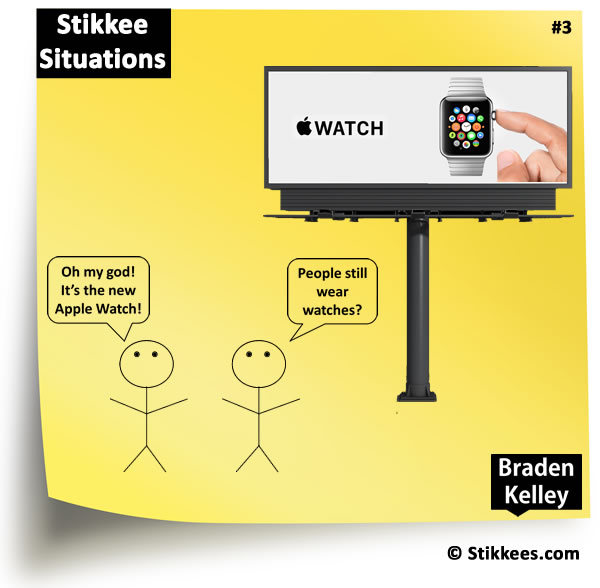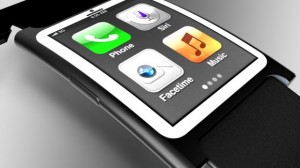
GUEST POST from Chateau G Pato
The healthcare industry has taken a decidedly digital approach to patient care in recent years. The rise of digital health technologies, from telemedicine to wearables, is changing how patients are treated, how diseases are managed, and how doctors communicate with each other. But what does this trend mean for the future of healthcare? This article examines a few examples of digital health technology and their potential implications for the industry as a whole.
Case Study 1 – Telemedicine
The first example of digital health technology is telemedicine. Telemedicine is the use of video conferencing, the telephone, email, or other electronic means of communication for medical care. Telemedicine has been hailed as a way to help increase access to medical care, allowing patients to communicate with remote providers, saving time, and reducing costs associated with transportation and other factors. What’s more, telemedicine can also reduce patient wait times and provide care in areas where healthcare services may not be readily available. In rural areas, for example, telemedicine can offer much needed access to specialists or treatments that may not be available locally.
Case Study 2 – Wearables
Another area of digital health technology is wearables. Wearables are devices, such as smartwatches and fitness trackers, that measure and transmit real-time patient data. Used in conjunction with healthcare applications, wearables can help monitor and manage chronic conditions such as diabetes, hypertension, and obesity. Additionally, wearables can be used to track and monitor patient activity, diet, and other lifestyle factors in order to provide useful insights. Furthermore, integrated with healthcare technologies, wearables can be used provide customized advice and treatments for patients, allowing providers to better understand and address patient needs.
Conclusion
Digital health technology is already proving to be a valuable asset to the healthcare industry, and its implications for the future are numerous. As the cost of care continues to rise and access to medical care remains limited in many areas, digital health technology can offer an effective and cost-effective solution to improve patient outcomes and bring greater efficiencies to medical care. From easier access to remote providers to better monitoring and management of chronic conditions, there is no doubt that digital health technologies will continue to shape the future of healthcare.
Bottom line: Futurology is not fortune telling. Futurists use a scientific approach to create their deliverables, but a methodology and tools like those in FutureHacking™ can empower anyone to engage in futurology themselves.
Image credit: Pexels
![]() Sign up here to get Human-Centered Change & Innovation Weekly delivered to your inbox every week.
Sign up here to get Human-Centered Change & Innovation Weekly delivered to your inbox every week.

 Back in the 1990’s NBC referred to Thursday night as must watch television, and when it comes to making the transformation from invention to innovation, an innovation often needs a ‘Must Have’ feature.
Back in the 1990’s NBC referred to Thursday night as must watch television, and when it comes to making the transformation from invention to innovation, an innovation often needs a ‘Must Have’ feature.